The Principle of Oval Finned Tubes in Mixing Heat Exchangers
1. Introduction to Mixing Heat Exchangers
Mixing heat exchangers are a crucial category of heat exchange equipment. Gas Fired Steam Boiler Pressure Parts H Fin Tube for Boiler Economizer Unlike other types of heat exchangers where heat transfer occurs through a solid wall separating the hot and cold fluids, in mixing heat exchangers, the hot and cold fluids come into direct contact and mix with each other. This direct interaction allows for efficient heat transfer. Oval finned tubes, when incorporated into such exchangers, enhance the overall heat transfer performance in a unique manner.
2. Structure and Characteristics of Oval Finned Tubes
Oval finned tubes possess a distinct geometry. The oval shape offers several advantages over traditional circular tubes. Firstly, the oval cross-section provides a larger surface area compared to a circular tube of the same perimeter. This increased surface area is further augmented by the addition of fins. The fins are typically attached to the outer surface of the oval tube. They can be of various geometries and configurations, such as helical fins or straight fins. The fins are usually made of a material with good thermal conductivity, often the same as or compatible with the tube material. For example, in many cases, if the tube is made of stainless steel, the fins may also be stainless steel.
3. Heat Transfer Mechanism in Mixing Heat Exchangers with Oval Finned Tubes
3.1 Conduction within the Tube and Fins
When a hot fluid enters the oval finned tube manufacturers, heat is first conducted through the tube wall. Due to the presence of the fins, the heat conduction path is extended. The fins act as additional thermal conductors, allowing heat to spread over a larger area. For instance, if the hot fluid is a hot gas and the tube is made of a metal like copper, the heat is rapidly conducted through the copper tube wall and then into the fins. The thermal conductivity of the fin material determines how quickly the heat can spread along the fin length. A higher thermal conductivity material will result in more efficient heat conduction and a more uniform temperature distribution along the fin.
3.2 Convection between the Fluid and the Tube/Fins
As the hot fluid passes through the oval finned tube, convection occurs between the fluid and the tube wall as well as the fins. The irregular shape of the oval tube and the presence of fins disrupt the boundary layer of the fluid. In a circular tube, the boundary layer can become relatively thick, reducing the heat transfer coefficient. However, in an oval finned tube, the fins cause the fluid to swirl and mix, thinning the boundary layer. This enhanced fluid motion near the surface increases the convective heat transfer coefficient. For example, in a cooling application where cold water is used to cool a hot gas flowing through the oval finned tube, the turbulent flow induced by the fins promotes better heat transfer from the hot gas to the cold water.
3.3 Direct Mixing of Hot and Cold Fluids
In a mixing heat exchanger with oval finned tubes, the hot fluid exiting the tubes then mixes directly with the cold fluid. The oval finned tubes are designed to ensure that the hot fluid is distributed evenly as it exits, facilitating efficient mixing. The fins also help in breaking up the fluid streams, promoting better intermingling of the hot and cold fluids. This direct mixing is a key aspect of the heat transfer process. For example, in a chemical process where a hot reactant needs to be cooled quickly, the oval finned tube mixer allows the hot reactant to mix with a cold quenching fluid, rapidly reducing its temperature and preventing unwanted side reactions.
4. Advantages of Oval Finned Tubes in Mixing Heat Exchangers
4.1 Improved Heat Transfer Efficiency
The combination of increased surface area due to the oval shape and the fins, along with enhanced convection and better fluid mixing, results in a significant improvement in heat transfer efficiency. This means that for a given heat exchange requirement, a smaller size of the oval finned tube heat exchanger may be sufficient compared to a traditional heat exchanger without fins or with less efficient tube geometries.
4.2 Compact Design
Oval finned tubes allow for a more compact heat exchanger oem rolling type finned tube suppliers design. Their shape and the efficient heat transfer characteristics enable the exchanger to have a smaller footprint while still achieving the desired heat transfer performance. This is particularly beneficial in applications where space is limited, such as in some industrial plants or onboard marine vessels.
4.3 Versatility in Fluid Handling
The design of oval finned tube mixing heat exchangers can be adapted to handle a wide variety of fluids. Whether it is gases, liquids, or mixtures of different phases, the heat exchanger can be configured to ensure proper flow and heat transfer. The fins can be adjusted in terms of their size, spacing, and geometry to optimize the heat transfer for specific fluid properties and flow rates.
In conclusion, oval finned tubes in mixing heat exchangers offer a highly efficient and versatile solution for heat transfer applications. Their unique structure and heat transfer mechanisms make them a valuable component in many industrial and engineering processes where heat exchange is a critical operation.
 dtfinnedtube.com
dtfinnedtube.com

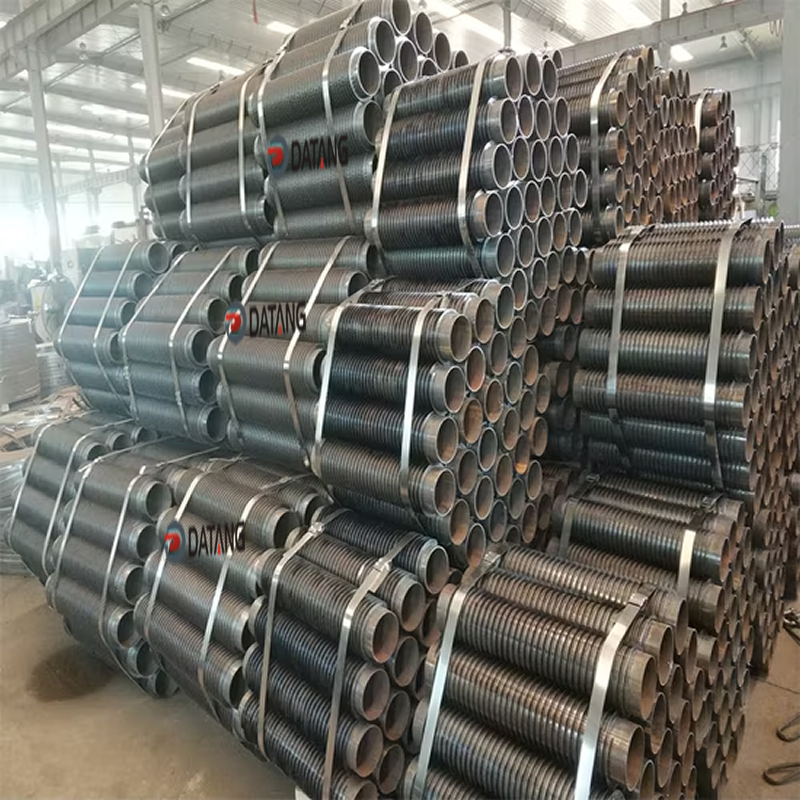
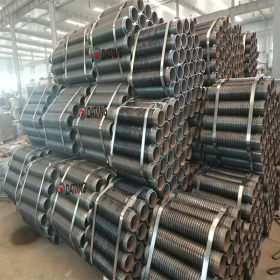
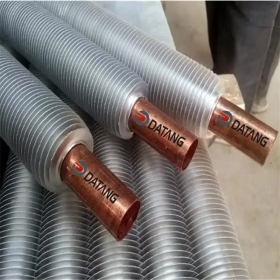
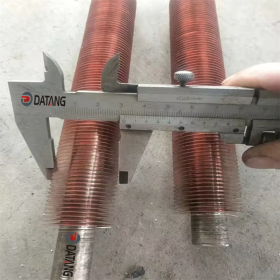
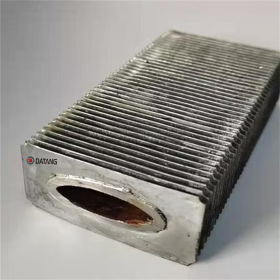
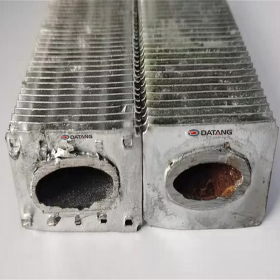
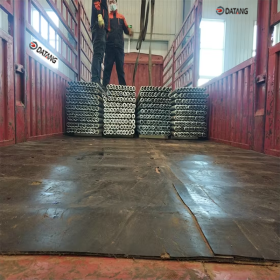
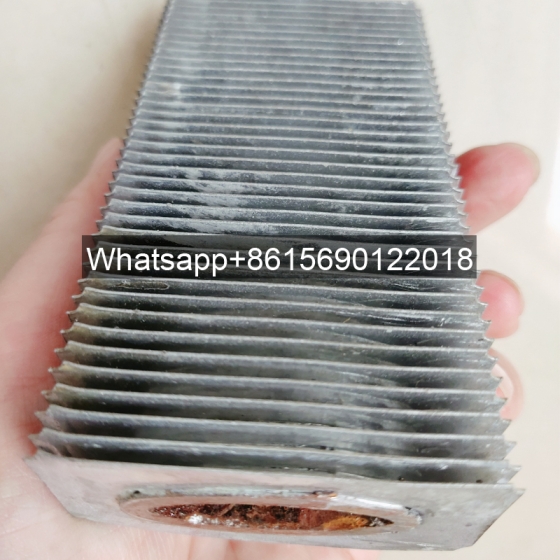
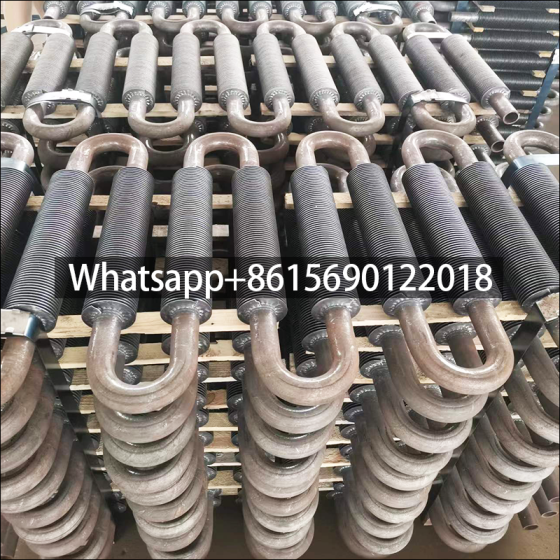
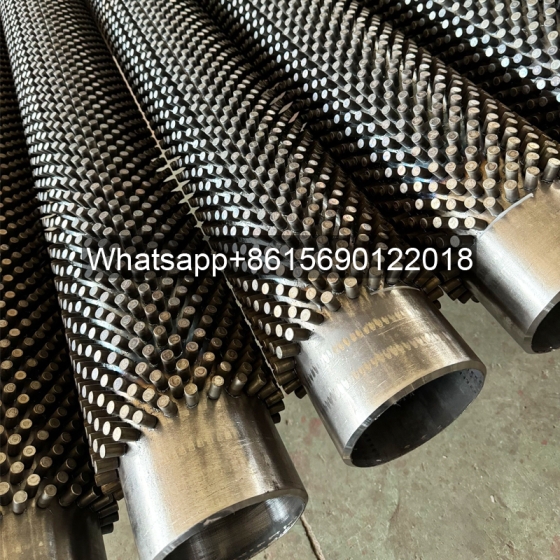
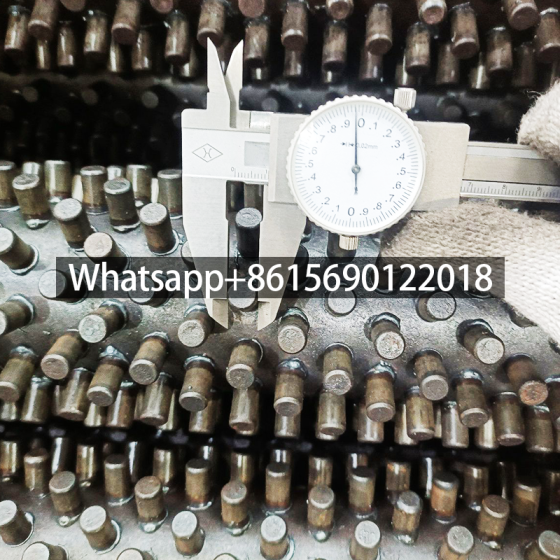
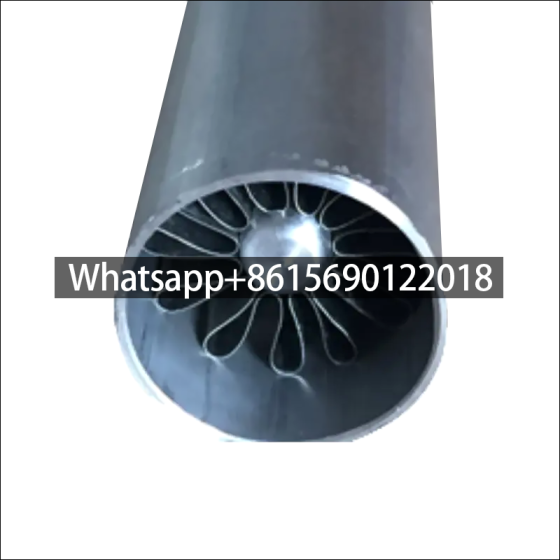
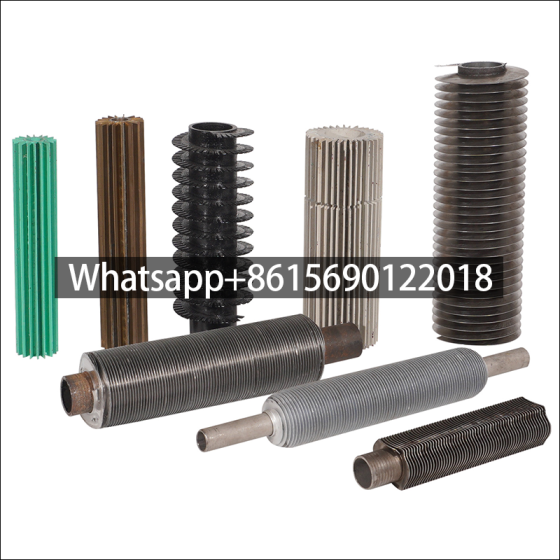
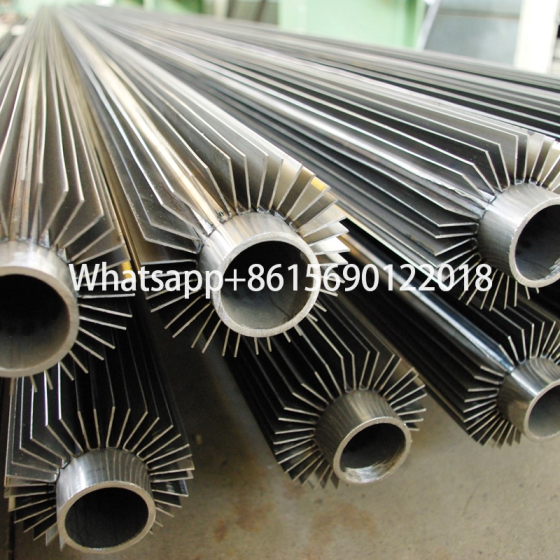
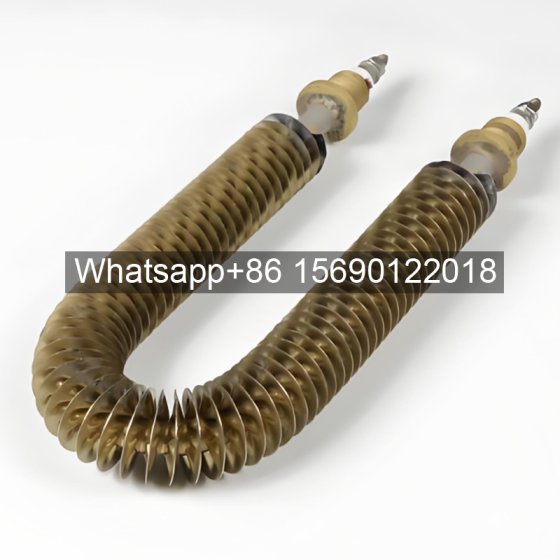
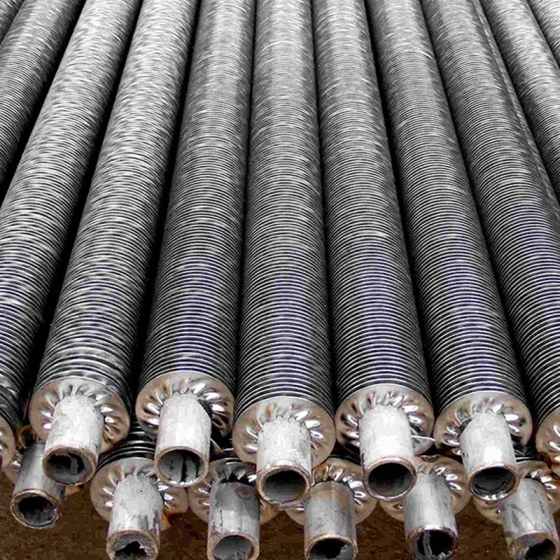
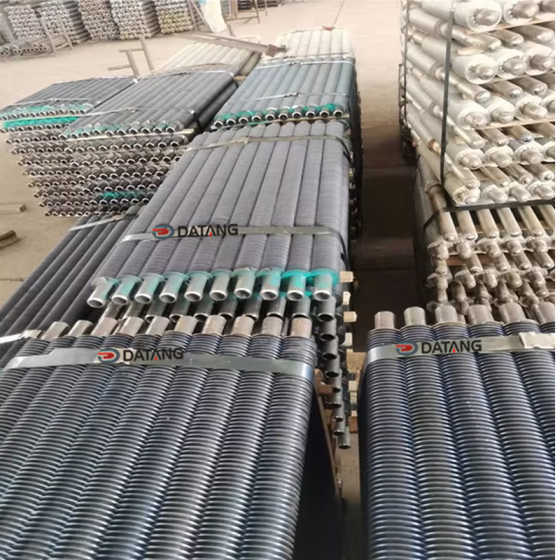
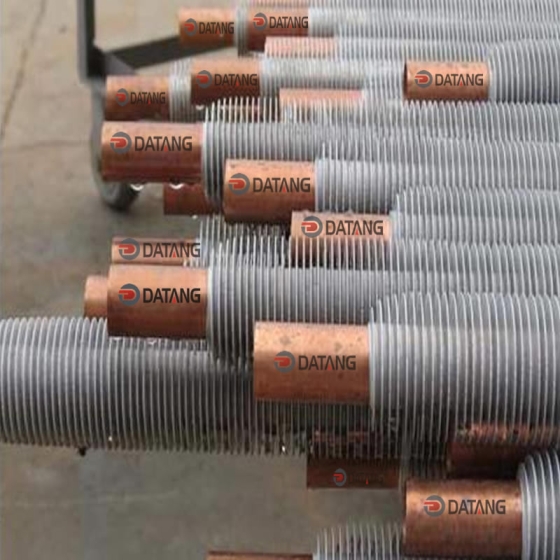
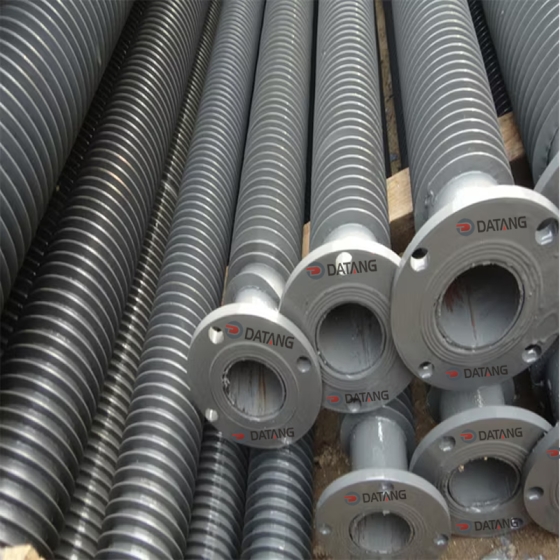
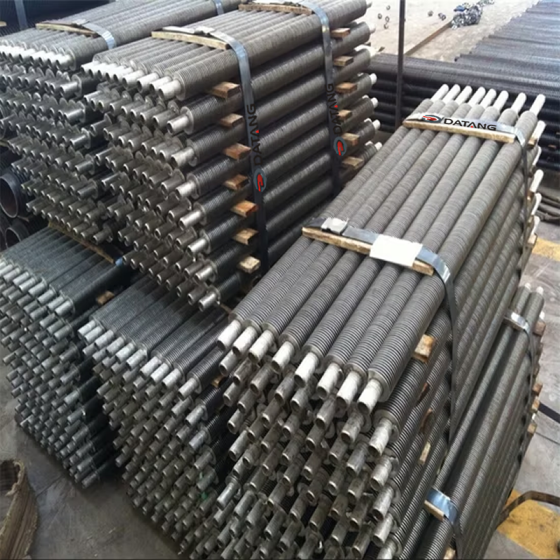

WeChat
Scan the QR Code with WeChat